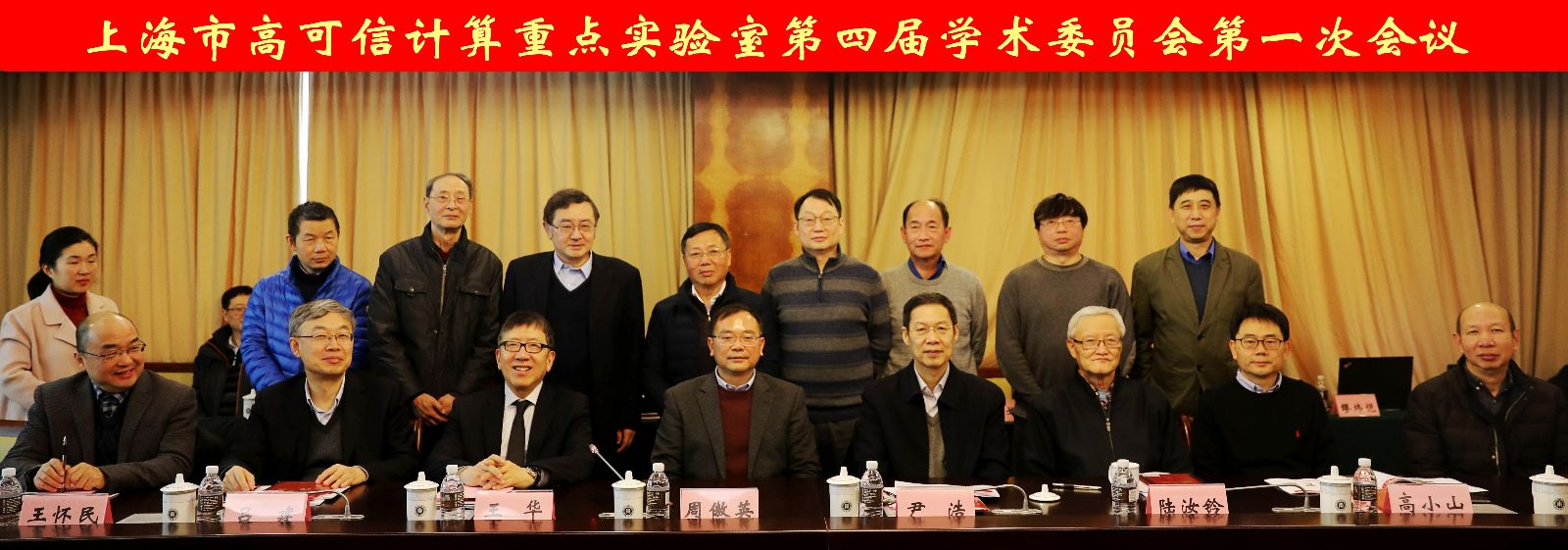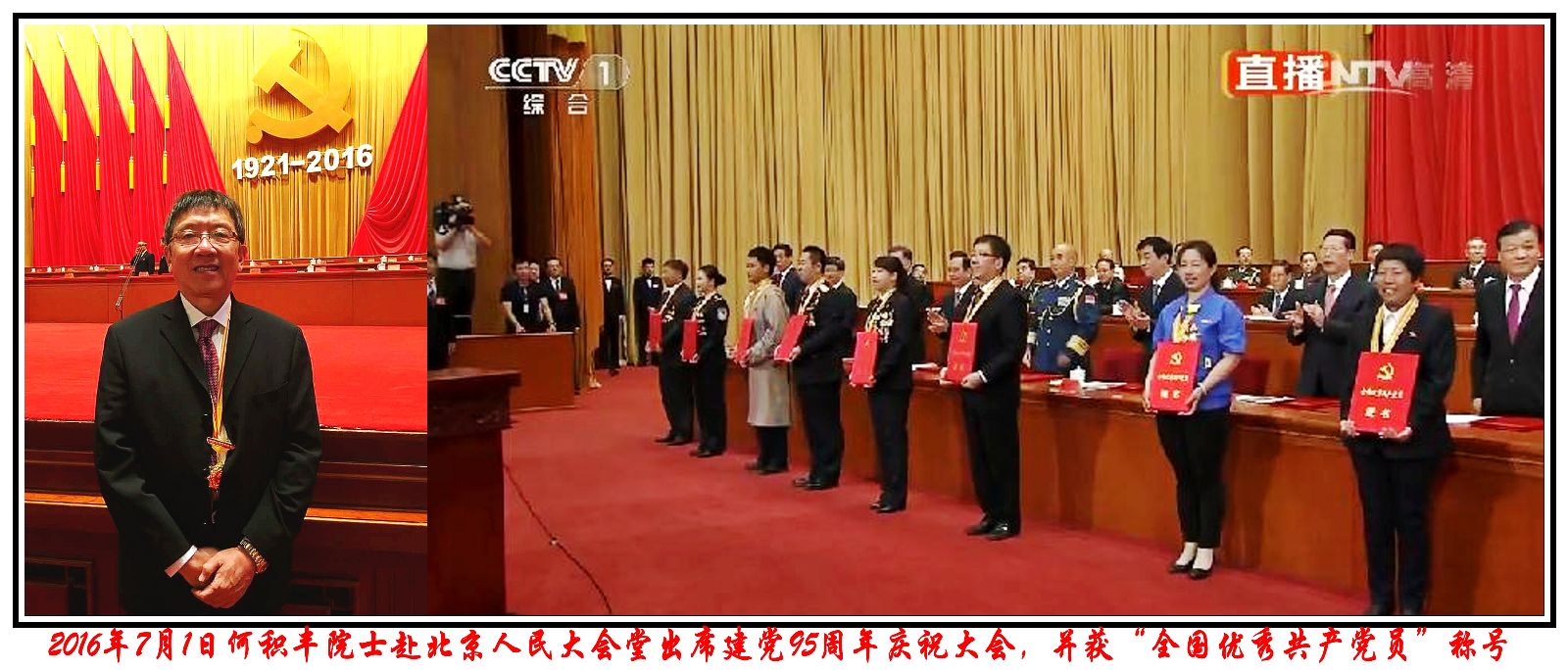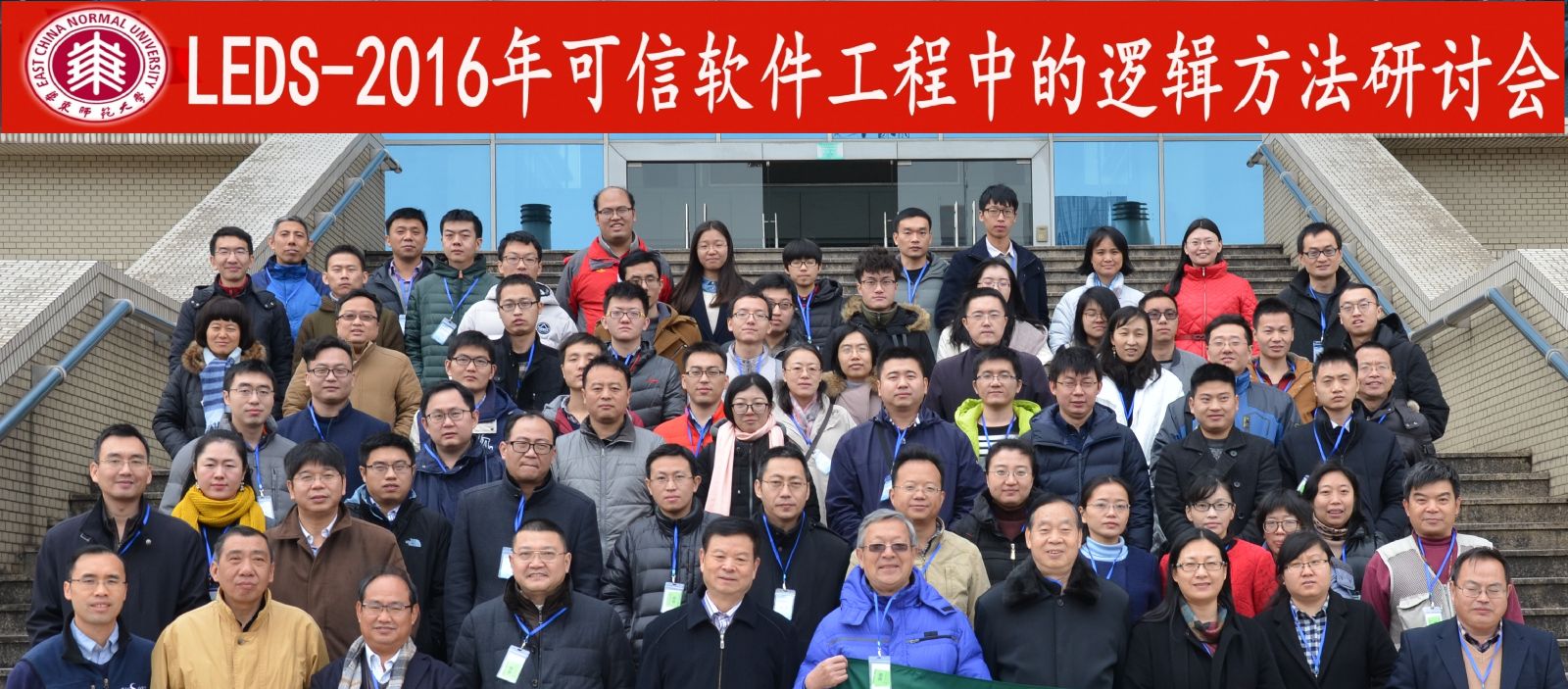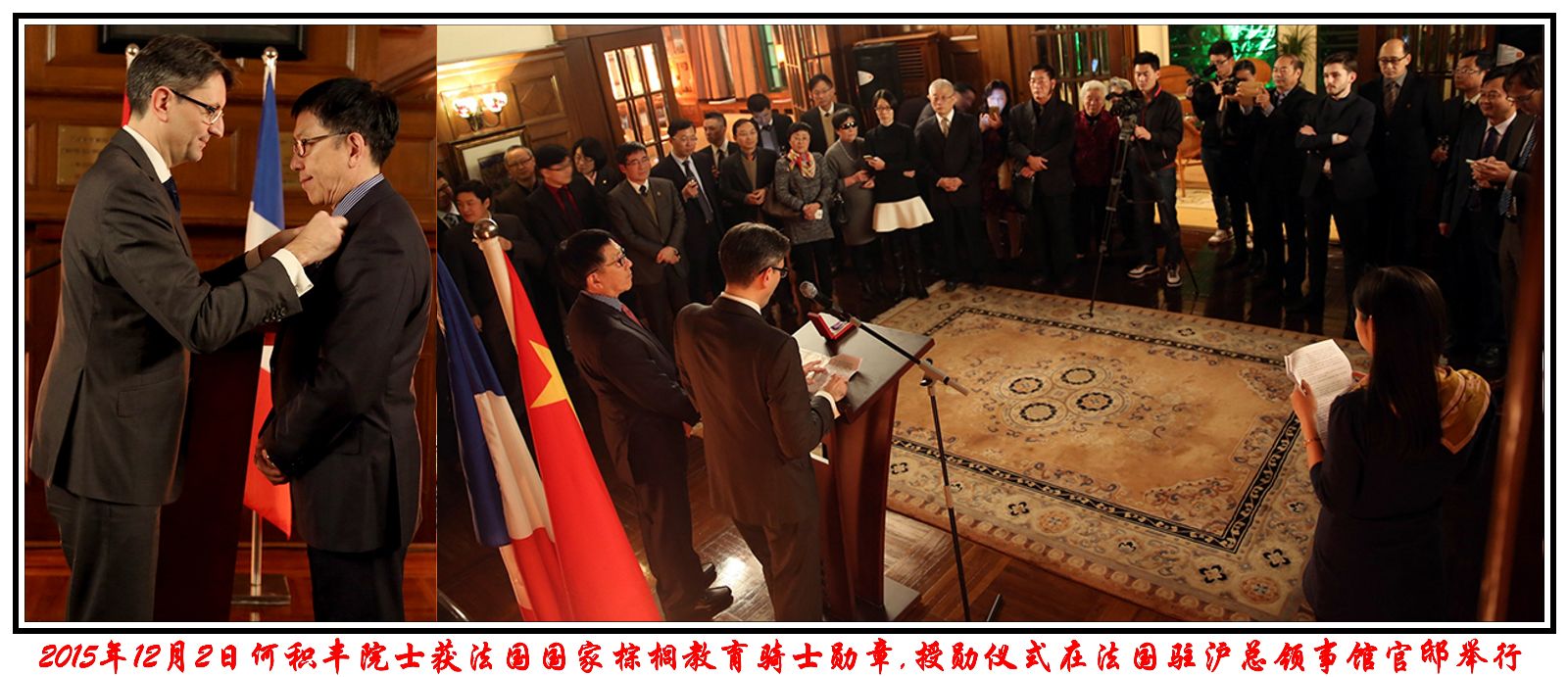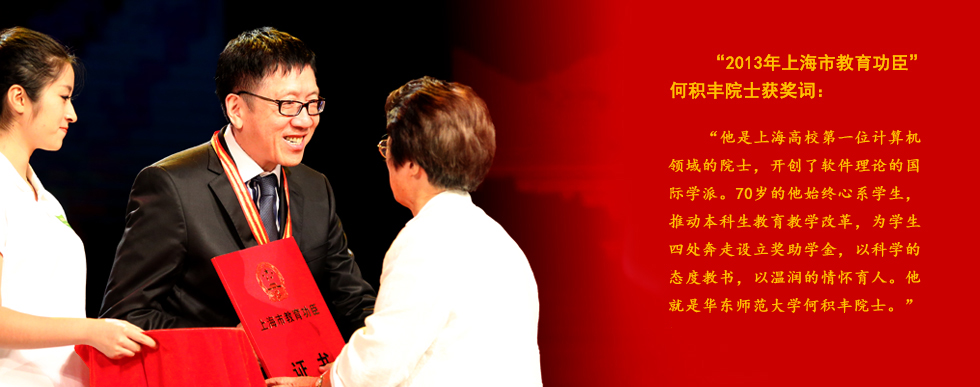Logical Time @ Work: examples of applications
报告题目: Logical Time @ Work: examples of applications
报告人: Frederic Mallet 教授
主持人: 刘静 教授
时间: 2014年11月3号 13:30
地址: 中北校区数学馆201室
报告摘要:
Logical Time provides a rich model of time that is both elastic and multiform. It has been made popular in distributed systems by Leslie Lamport and, concurrently, in the design of circuits and reactive systems with the work of Gerard Berry's team on the synchronous language Esterel. The Clock Constraint Specification Language (CCSL) has been designed as a companion language for the UML Marte Time model. The goal was to devise a specification language, as opposed to a programming language, in which logical time, and so-called logical clocks, are made first-class citizens. This language has now become a full-fledged language with a dedicated environment (TimeSquare:http://timesquare.inria.fr) that can be used to adorn all kinds of models and programs to orchestrate their behaviour. This talk gives a quick introduction to CCSL, of examples of usage in different domains and on opened research problems that come with it.
报告人简介:
Frederic Mallet holds a PhD in Computer Science and is a Professor at Univ. Nice Sophia Antipolis. He is a permanent member of the Aoste team, a joint team between INRIA Sophia Antipolis Research Center and CNRS Research Unit 7271. He is currently an invited Professor at the Software Engineering Institute of ECNU in Shanghai. His research activity focuses on the definition of sound models to design and verify real-time and embedded systems. Since 2006 he has been involved in the definition of the Time model of the OMG UML Profile for MARTE (Modeling and Analysis of Real-Time and Embedded Systems).



